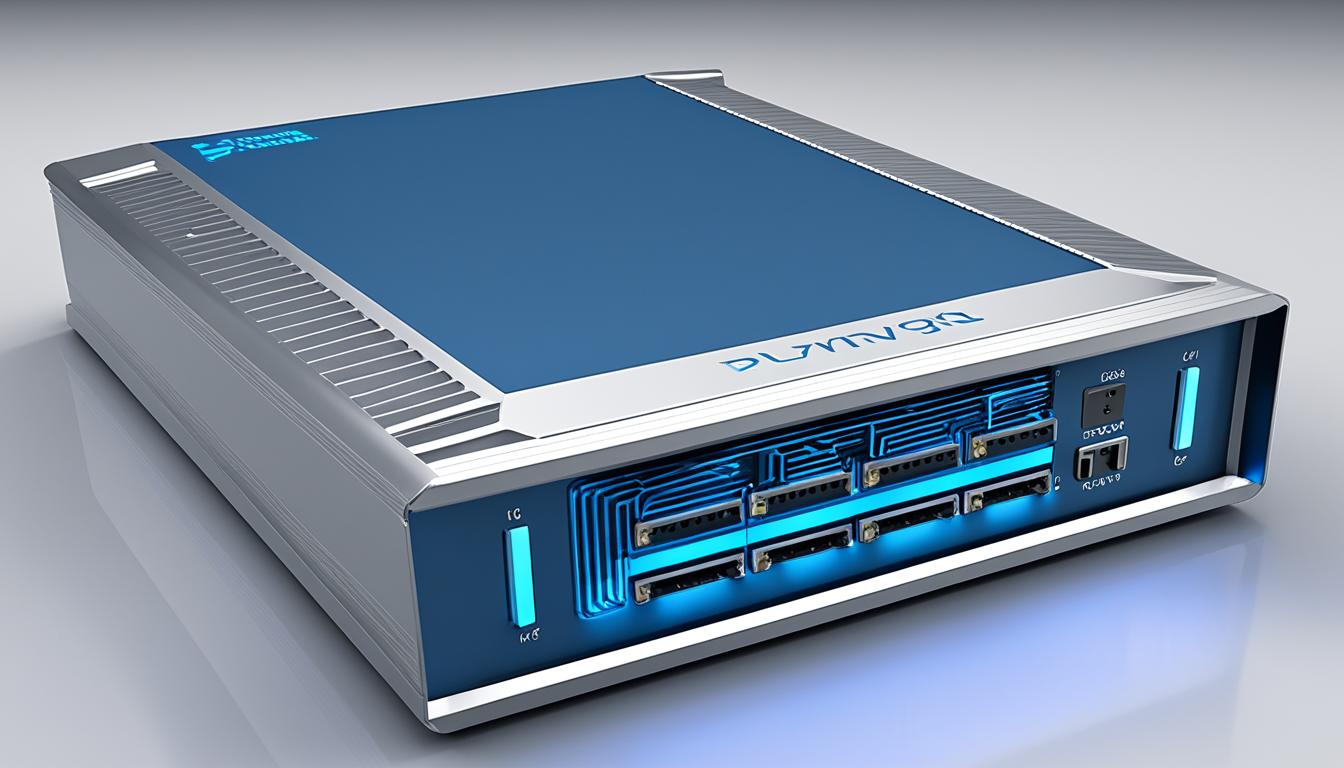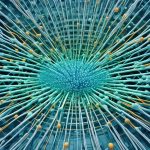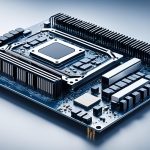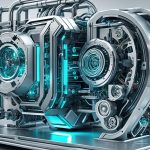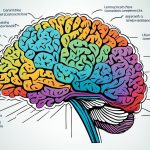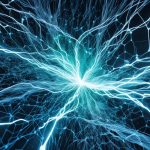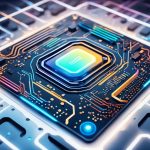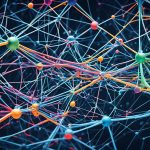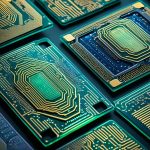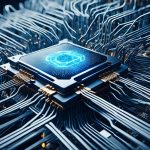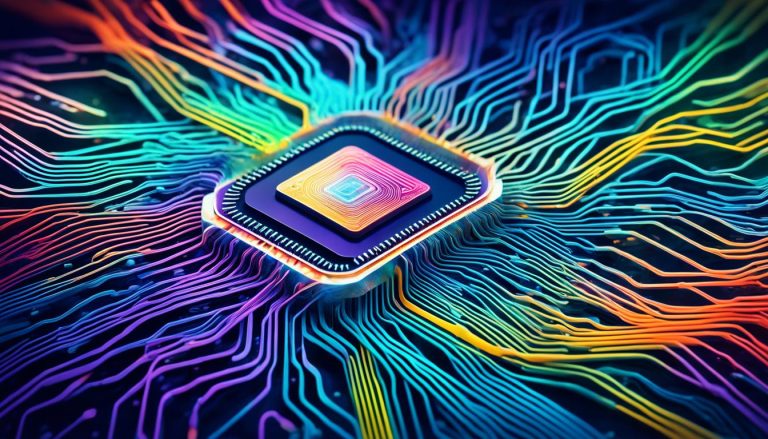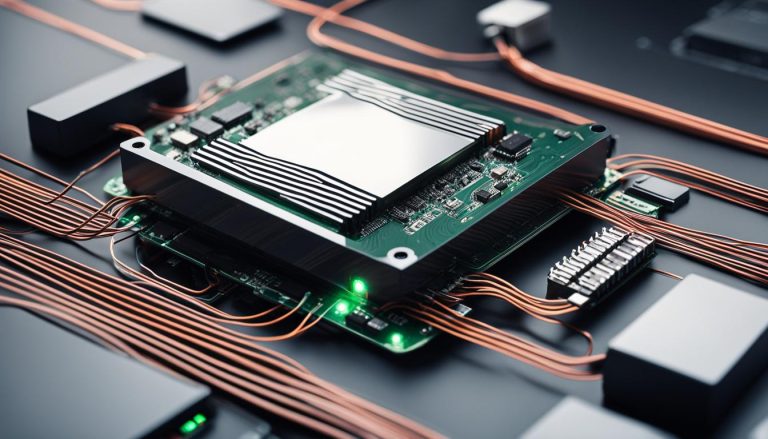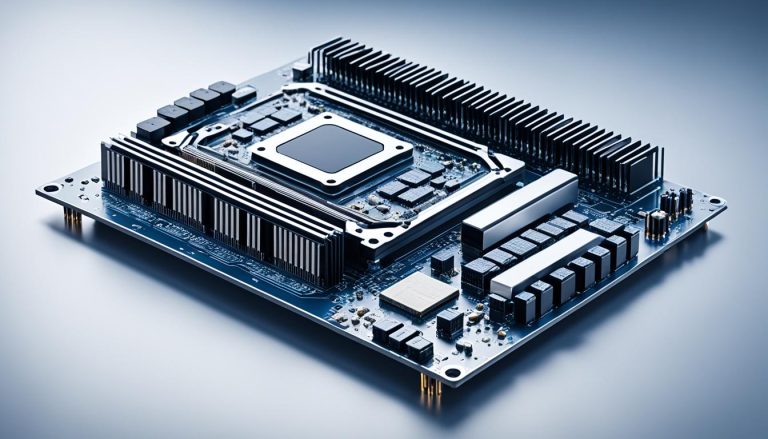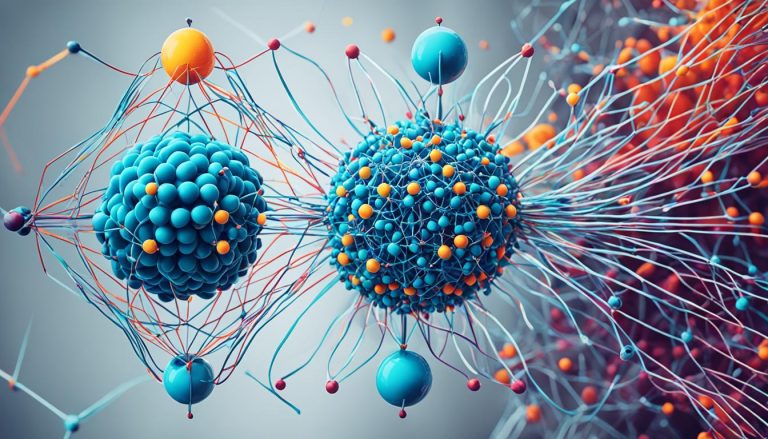Deep neural networks (DNNs) have revolutionized the field of artificial intelligence (AI), driving advancements in various applications such as image recognition, natural language processing, and autonomous systems. However, the computational complexity of DNNs demands efficient hardware architectures to achieve optimal performance.
In this tutorial, we will explore the significance of designing efficient power supplies specifically tailored for neural network hardware systems, and how it can unlock the full potential of AI. By optimizing power supply design, we can not only boost the overall performance of DNNs but also enhance their energy efficiency, thereby contributing to sustainable development.
When it comes to neural network hardware, the importance of efficient power supplies cannot be overstated. A stable and reliable power supply is essential for the hardware to operate at its peak level, enabling faster and more accurate computations. Moreover, efficient power supplies reduce power consumption and heat generation, thus improving energy efficiency and prolonging the lifespan of the hardware.
In this article, we will delve into key considerations for designing efficient power supplies, including power conversion efficiency and voltage regulation. We will also explore strategies for improving energy efficiency in power supplies, such as advanced power management techniques and the integration of renewable energy sources.
Key Takeaways:
- Designing efficient power supplies is crucial for maximizing the performance and energy efficiency of neural network hardware.
- Efficient power supplies ensure stable and reliable performance, leading to faster and more accurate computations.
- Optimizing power supply design reduces power consumption and heat generation, enhancing energy efficiency and prolonging hardware lifespan.
- Considerations for designing efficient power supplies include power conversion efficiency and voltage regulation.
- Strategies for improving energy efficiency in power supplies involve advanced power management techniques and the utilization of renewable energy sources.
The Importance of Efficient Power Supplies in Neural Network Hardware
Efficient power supplies play a critical role in boosting the performance of neural network hardware. By ensuring a stable and reliable power supply, the hardware can operate at its optimal level, delivering faster and more accurate results. Additionally, efficient power supplies reduce power consumption and heat generation, improving energy efficiency and prolonging the lifespan of the hardware.
Designing efficient power supplies involves considering factors such as voltage regulation, noise reduction, and power conversion efficiency.
“Efficient power supplies are essential for providing the necessary power and stability to neural network hardware. They enable the hardware to perform complex computations and handle large-scale data with ease, resulting in enhanced processing speed and improved accuracy. Without efficient power supplies, the performance of neural network hardware can be compromised, leading to decreased efficiency and suboptimal results.”
One of the key aspects of efficient power supplies in neural network hardware is voltage regulation. Neural network hardware often requires precise and stable voltage levels for optimal operation. Voltage fluctuations can lead to inaccurate calculations and even hardware failures. Therefore, ensuring proper voltage regulation is crucial for maintaining the performance and reliability of the hardware.
Noise reduction is another important consideration when designing efficient power supplies for neural network hardware. High-frequency noise can interfere with the functionality of the hardware, resulting in errors or degraded performance. Incorporating noise reduction techniques and components helps minimize these disturbances and ensures smooth operation.
In addition, power conversion efficiency plays a significant role in maximizing the performance of neural network hardware. Power supplies that convert input power to the desired output efficiently minimize energy losses and heat generation. This not only improves the overall energy efficiency of the system but also contributes to the longevity of the hardware components.
Benefits of Efficient Power Supplies in Neural Network Hardware:
- Improved performance and accuracy
- Reduced power consumption
- Enhanced energy efficiency
- Prolonged hardware lifespan
- Minimized heat generation
By ensuring the presence of efficient power supplies in neural network hardware, organizations can significantly boost the performance of their AI systems, resulting in faster and more reliable outcomes. Designing power supplies that prioritize voltage regulation, noise reduction, and power conversion efficiency is crucial for achieving these benefits.
| Factors | Importance |
|---|---|
| Voltage Regulation | Ensures stable power delivery and prevents hardware failures |
| Noise Reduction | Minimizes interference and improves hardware performance |
| Power Conversion Efficiency | Maximizes energy utilization and reduces heat generation |
Key Considerations for Designing Efficient Power Supplies
When designing efficient power supplies for neural network hardware, several key considerations should be taken into account. Power conversion efficiency and voltage regulation are two critical factors that play a significant role in optimizing the performance and reliability of these power supplies.
Power Conversion Efficiency
The power conversion efficiency of a power supply is a crucial factor that determines how effectively it can convert input power to the desired output. A higher efficiency rating means that less energy is wasted as heat during the conversion process. By maximizing power conversion efficiency, designers can minimize energy losses and optimize the overall energy consumption of the neural network hardware system.
Efficiency can be improved through advanced design techniques and the use of high-quality components. By selecting components that have low power dissipation and high conversion efficiency, designers can reduce energy losses and ensure more power is available to the hardware components.
Voltage Regulation and Stability
Voltage regulation is another key consideration in designing efficient power supplies for neural network hardware. It ensures that a stable and consistent voltage is delivered to the hardware components, preventing any fluctuations or deviations that could negatively impact their performance and accuracy.
Fluctuations in voltage can result in unexpected behavior or errors in the neural network hardware. The power supply must be able to maintain a steady voltage within a specified range to ensure reliable operation. This is particularly important for sensitive hardware components that require precise voltage levels for optimal performance.
Designers can achieve voltage regulation by using voltage regulators or stabilizers, which monitor and adjust the output voltage to maintain a stable level. These regulators help mitigate voltage fluctuations caused by external factors, variations in power supply input, or changes in the load demand.
Minimizing Voltage Fluctuations and Noise
In addition to voltage regulation, minimizing voltage fluctuations and noise is crucial in designing efficient power supplies. Fluctuations and noise in the power supply can introduce unwanted variations and disturbances that can degrade the performance and accuracy of neural network hardware.
Designers can employ techniques such as filtering, shielding, and grounding to minimize voltage fluctuations and noise. Filtering involves the use of capacitors, inductors, and resistors to remove high-frequency noise and unwanted voltage fluctuations. Shielding helps reduce the interference from external electromagnetic fields, while proper grounding techniques ensure a stable reference point for the power supply system.
By minimizing voltage fluctuations and noise, designers can enhance the performance and reliability of neural network hardware, ensuring accurate and consistent results.
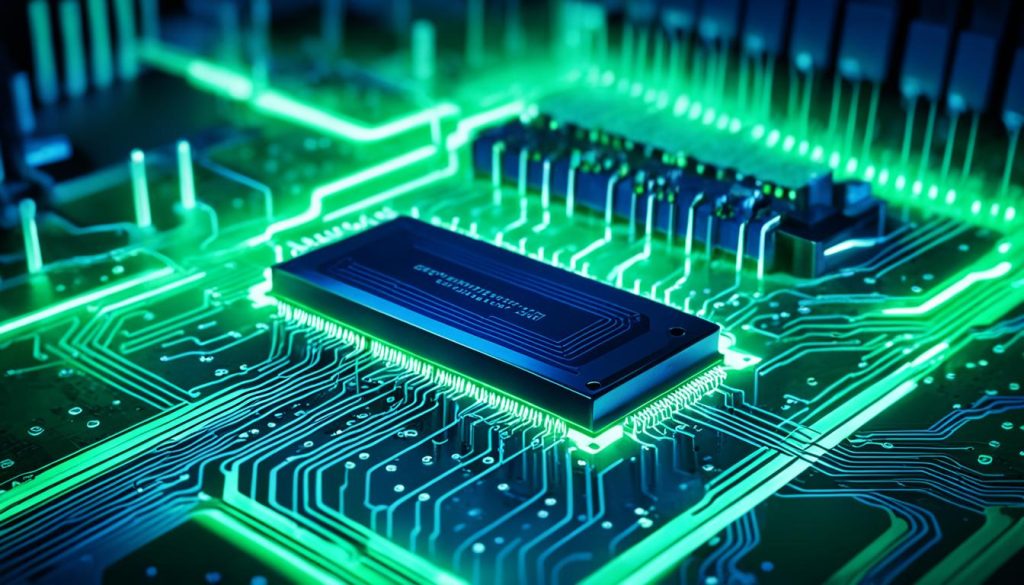
Table: Comparison of Key Considerations in Designing Efficient Power Supplies
| Consideration | Importance |
|---|---|
| Power Conversion Efficiency | High |
| Voltage Regulation | High |
| Voltage Fluctuations and Noise | Medium |
By carefully considering power conversion efficiency, voltage regulation, and minimizing voltage fluctuations and noise, designers can create efficient power supplies that optimize the performance and energy efficiency of neural network hardware systems.
Strategies for Improving Energy Efficiency in Power Supplies
Improving energy efficiency in power supplies for neural network hardware is essential for optimizing performance and minimizing environmental impact. By implementing various strategies, designers and engineers can enhance energy efficiency, contributing to sustainable design principles. This section explores some effective strategies that can be applied to achieve this goal.
1. Advanced Power Management Techniques
One approach to improve energy efficiency is through the use of advanced power management techniques. Dynamic voltage scaling (DVS) and power gating are two effective methods that optimize power consumption in hardware components. DVS adjusts the voltage supplied to the hardware based on workload requirements, reducing power consumption during periods of low activity. Power gating completely shuts down inactive hardware components, eliminating unnecessary power consumption.
2. Incorporating Renewable Energy Sources
Reducing reliance on traditional energy grids can significantly improve energy efficiency. By incorporating renewable energy sources, such as solar or wind power, designers can minimize the environmental impact and promote sustainable design. Neural network hardware systems can be integrated with renewable energy technologies to harness clean and renewable power, reducing the carbon footprint associated with their operation.
3. Designing Power Supplies with High-Efficiency Components
Another strategy for improving energy efficiency is through the design of power supplies that utilize high-efficiency components. High-efficiency transformers, regulators, and capacitors can minimize power losses and improve overall efficiency. Incorporating advanced power conversion techniques, such as zero-voltage switching or soft-switching, can further enhance energy efficiency by reducing switching losses.
4. Implementing Intelligent Power Monitoring and Control Systems
Intelligent power monitoring and control systems provide real-time data on power consumption and enable proactive management of power supply efficiency. By monitoring and analyzing power usage patterns, designers can identify and address inefficiencies, optimizing power supply performance. Implementing intelligent control systems allows for dynamic adjustments to power supply parameters, maximizing energy efficiency in response to changing workload demands.
By combining these strategies, designers and engineers can greatly enhance the energy efficiency of power supplies for neural network hardware systems, contributing to sustainable design practices. The implementation of energy-efficient power supplies not only improves overall performance but also helps reduce energy consumption, leading to a greener and more sustainable future.
Conclusion
In conclusion, designing efficient power supplies is crucial for maximizing the performance and energy efficiency of neural network hardware. By optimizing power conversion efficiency, ensuring voltage regulation, and implementing energy-saving strategies, designers and engineers can achieve sustainable and optimized power supply designs. These efficient power supplies not only enhance the performance and accuracy of neural network hardware but also contribute to reducing energy consumption and minimizing the environmental impact.
As the demand for AI applications continues to grow, the importance of efficient power supplies in neural network hardware will only increase. It is essential for industry professionals to prioritize energy-efficient design principles to meet the evolving needs of the industry. By incorporating sustainable energy practices and utilizing advanced power management techniques, such as dynamic voltage scaling and power gating, the energy efficiency of neural network hardware can be significantly improved.
By adopting these energy-efficient design principles, designers can not only achieve optimal performance but also contribute to a more sustainable and eco-friendly AI ecosystem. Efficient power supplies are the backbone of successful neural network hardware systems, enabling them to perform at their best while minimizing energy consumption. As technology continues to advance, the design and integration of efficient power supplies will play a pivotal role in driving the next generation of AI applications.
FAQ
What is the role of efficient power supplies in neural network hardware?
Efficient power supplies ensure stable and reliable power delivery to the hardware components, boosting performance and delivering faster and more accurate results. They also reduce power consumption and heat generation, improving energy efficiency and prolonging the hardware’s lifespan.
What are the key considerations when designing efficient power supplies for neural network hardware?
Key considerations include power conversion efficiency, voltage regulation, and minimizing voltage fluctuations and noise to prevent adverse effects on the hardware’s performance and accuracy.
How can energy efficiency be improved in power supplies for neural network hardware?
Energy efficiency can be improved by implementing advanced power management techniques like dynamic voltage scaling and power gating, incorporating renewable energy sources, using high-efficiency components, and implementing intelligent power monitoring and control systems.

